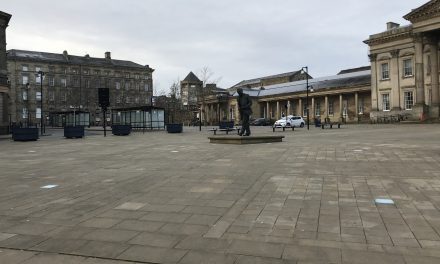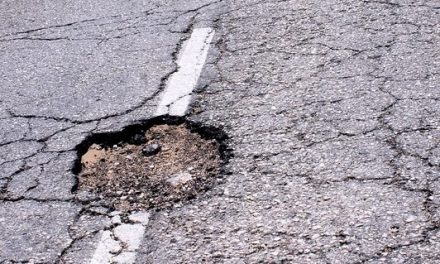As Huddersfield and the rest of the country prepares for the census on Sunday March 21, local historians are looking forward to the release of the census data from 100 years ago.
The census takes place every 10 years and helps build the most complete picture of England and Wales at a snapshot in time.
The population statistics are vital to our country: nationally, locally and within communities. They also provide a fascinating record of how society has changed.
While population results are available the year after each census takes place, all personal records are locked away for 100 years and kept safe for future generations.
Historians and people interested in their family history use census data alongside other public records to find out about their ancestors and the local area. Kirklees Libraries can help with researching census information dating back to 1841.
Looking back at data of Census from hundreds of years ago, people can discover who lived in their house or on their street at that time, seeing a grandparent’s signature in 1911 and how many children their ancestors had, what jobs people did, where families had moved from, the differences between the rich and the poor households and so on. A lot of family historians are eagerly awaiting the 1921 census release in January 2022 to help in tracing long lost ancestors.

Clr Graham Turner, Kirklees Council’s Cabinet Member for Corporate Services, said: “It’s exciting to think that in 100 years people could be looking back on our lives and learning about us.
“Whilst none of us know what the future holds, we can be certain it will be different to how it is today. Yet like our ancestors before us, future generations will face the same life experiences and challenges from falling in love, and raising a family, to finding work and setting up a home.
“The census not only helps us plan for the future but also to learn from the past.”
Lorna Brooks, customer service officer at Huddersfield Local Studies and Reference Library, said: “I see the benefits of the census information that is made available for historians and people interested in their family history 100 years and more later.
“Finding out who lives in a household, including children and lodgers, where people were born and what they do for a living gives you a much clearer picture of what life was like at a particular time and place than a simple record of births and deaths.
“At Kirklees Libraries we can help people research census information every 10 years from 1841! The 1911 census is the last one so far available to search online and it was the first one which allows you to see the signature of the ‘head of the household’ and discover how many children were born in a marriage, and how many of them have died prior to the census.
“Many people are eagerly awaiting the online publication of the 1921 census records in early 2022 to fill in gaps in family trees or research the social history of the time. So much can change in 10 years.”
















